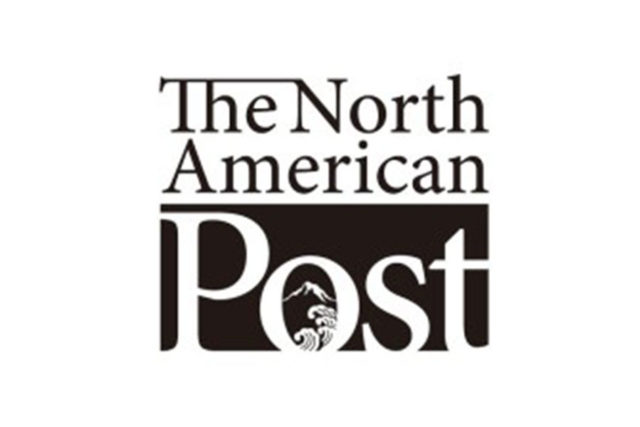by Shokichi Tokita, For the North American Post
Have you ever wondered what happened to the Japanese American people after they were released from the concentration camps during World War 2?
Where did they go?
How did they live?
How did they survive?
What were their thoughts?
For our family, the Kamekichi Tokitas, home was the Japanese Language School, aka “Tip School” at Rainier and South Weller streets in Seattle. Mom and Dad, at that time with seven children (the eighth was born at Tip School), moved into a second floor classroom on the far northeast corner of the connected buildings in August 1945. We looked out on 16th Avenue and the “woods” across the street.
We were very lucky because Father Tibesar, the Maryknoll priest who helped so many families, both before and after the war, met us at the train station upon our return to Seattle from Minidoka WRA camp. He took us and moved us into the building.
Father Tibesar got my father a sign painting job at St. Vincent De Paul. We were enrolled at St. Mary’s Grade school at 20th and Weller. I was a 7th grader, age 11.
We were very lucky to have Father Tibesar as our benefactor.
About 20 families lived in the building. Each family occupied a classroom. Our living quarters almost duplicated the arrangements we had in camp. The beds were arranged exactly the same in the back of the room with identical, metal, military cots that we had in camp.
The front of the room with blackboards still intact, became our kitchenette, dining room and living room. The big difference was the proximity of the bathroom across the hall and the large kitchen directly below us—both indoors in contrast to the mess hall, bathrooms and laundry facility located outside in the middle of each block in Minidoka.
What a luxury!
No more tramping through mud and snow in the winter and dust in summer!
There were children of all ages. Something was going on all the time. In the spring, summer and fall, we played in the school’s open, fenced field. All of our major sports-baseball, basketball and football-were played here.
We moved in 1947- two years later- from our Tip School home. My father arranged to take over a small hotel in “Chinatown” where I spent my high school and part of my college days.
However, the stay at Tip School has always been an enjoyable interlude in my life. Also, it was a Godsend for my parents, who always praised and thanked Father Tibesar.
*Tip School: the Seattle Japanese Language School (Nihon Gakko) buildings were used as a temporary residence—called “Hunt Hotel” — for some of the families returning from the incarceration camps in 1945. The language school program, established in 1903, is the oldest in the nation. The buildings are in the National Register of Historic Places. The Japanese Cultural and Community Center of Washington (JCCCW) is located here. The public is invited to the special exhibit of the “Hunt Hotel” described in this story.
Colonel Shokichi Tokita, USAF Retired
was born in 1934, Seattle. As a child, he studied at Maryknoll Elementary in Seattle and Stafford Elementary in Minidoka. He graduated Garfield High School, University of Wyoming with BSME, and University of Florida with MBA. He retired from United States Air Force (USAF) in 1978 after 24 years of his dedicated services. He was the primary collaborator with noted author Barbara Johns on his famous father’s biography entitled “Signs of Home-The Paintings and Wartime Diary of Kamekichi Tokita.”







